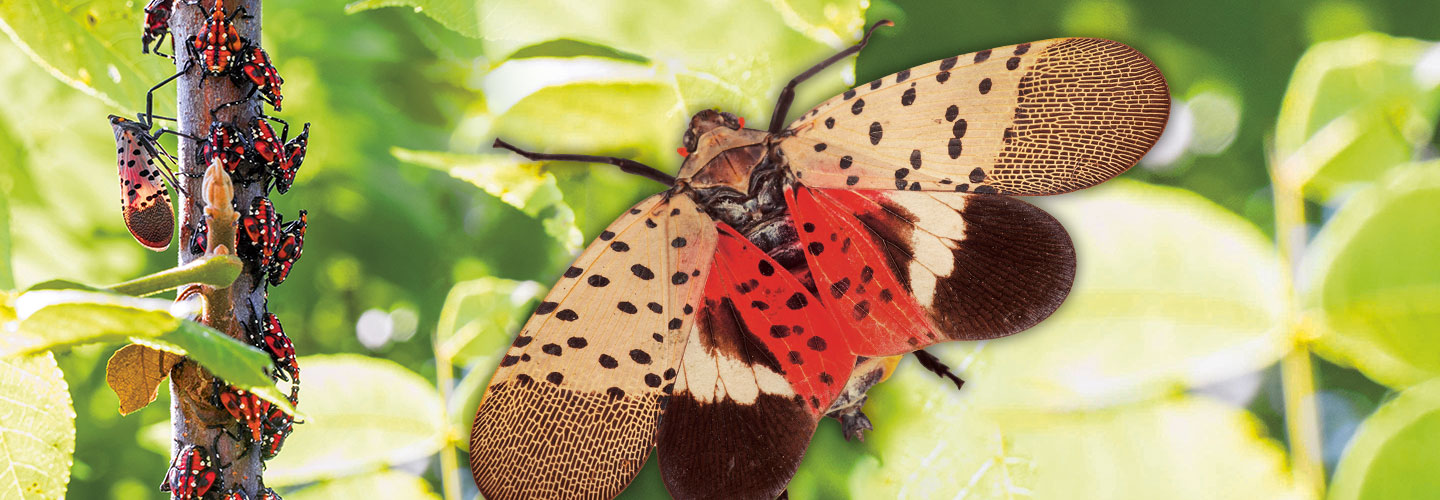Last September, a student entered a science project at the Kansas State Fair. His bug collection earned the boy a blue ribbon. It also sparked a statewide bug hunt!
The collection included an insect called the spotted lanternfly. One of the judges at the fair recognized it as an invasive species. That’s an animal or a plant that moves into an area and harms native species. The fair in central Kansas was hundreds of miles away from the nearest known lanternfly infestation. Fair officials were alarmed and alerted local authorities.
Lanternflies have also been spotted in at least 10 other states. Experts are trying to stop them from spreading to other parts of the country. They say you can help—by stomping the plant-eating pests.
“If you see one, the first thing you should do is kill it,” says George Hamilton. He’s an entomologist at Rutgers University in New Jersey.
Last September, a student entered a science project at the Kansas State Fair. His bug collection earned him a blue ribbon. It also sparked a statewide bug hunt!
The collection included an insect called the spotted lanternfly. One of the judges at the fair recognized it. He knew it was an invasive species. That’s an animal or a plant that moves into an area and harms native species. The fair in central Kansas was hundreds of miles away from the nearest known lanternfly infestation. Fair officials were worried. They told local authorities.
Lanternflies have also been spotted in at least 10 other states. Experts are trying to stop them from spreading across the country. They say you can help—by stomping the plant-eating pests.
“If you see one, the first thing you should do is kill it,” says George Hamilton. He’s an entomologist at Rutgers University in New Jersey.

